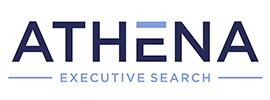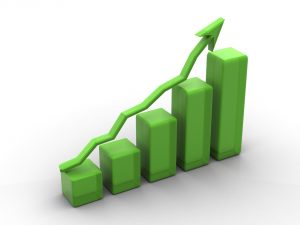Rising Demand in the Global Liquid Packaging and Paperboard Market
The paperboard industry changes as the needs of society change, and it seems that there will be a few changes to the liquid paperboard and packaging industry over the next few years.
A new study has looked at the next five years of LPB, and they believe that the industry will grow significantly. This will be due to an increased demand for cartons for dairy products and dairy alternative products as well as cartons for juice.
An Increase in Demand
This will encourage a steady increase in demand for LPB products. The growth has already started to occur: a recent study that was published in “The Future of LPB to 2022” found that the liquid packaging board passed the 7.7 million ton mark in 2015 alone, showing a huge demand for the products.
The study also found that the demand for LPB products will continue to increase over the next five years at around 4.5% per year, which is a fairly significant increase. This means that the market value of $4.69 billion in 2017 will reach $5.83 billion in 2022, leaping just over a billion in five years.
This is great news for anyone who works in the LPB market, but it is worth noting that production of paperboard materials isn’t too common. LPB is currently only made in ten countries, although the consumption of these products is spread across the majority of global regions.
Some countries consume significantly more LPB than others: three-quarters of all LPB is used in Europe and America, while Asia only accounts for 17% of the market.
What Is LPB Mostly Used For?
Although LPB is very popular across the globe, it is generally only used to make a few specific products such as milk cartons, soy cartons, almond milk cartons and juice cartons. In fact, in 2016 over 70% of the LPB products were used in the dairy industry, while another 20% of the products went on to become juice cartons.
This shows that LPB is universally used for the same things, but recent years have seen a decline in the number of dairy products that are bought. Many people are making an effort to be more environmentally friendly and ethical, and so they are cutting milk out of their diet in favour of plant-based alternatives.
This many seem like bad news, but it isn’t too much of an issue as most dairy alternatives will be packaged using LPB.
The Dairy Industry
It is also worth noting that while Western countries have slowed down their milk consumption, places like Eastern Europe have seen an increased demand for dairy products, so the dairy industry is still booming in certain places.
Either way, the future of the liquid paperboard and packaging market is looking positive, and it is likely that there will be significant growth over the next few years.
Athena Executive Search specialise in recruiting senior leadership positions in the Print and Packaging sectors across Europe. For access to more articles on industry topics, recruitment and retention strategies, and our upcoming webinar series with industry thought leaders please subscribe here: https://athena50147.activehosted.com/f/1



